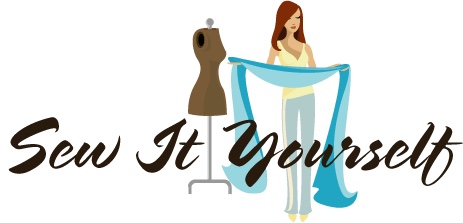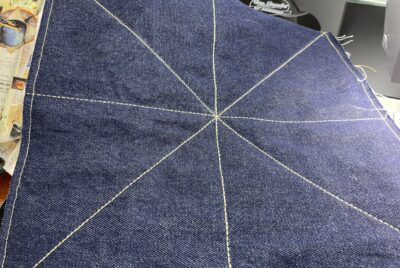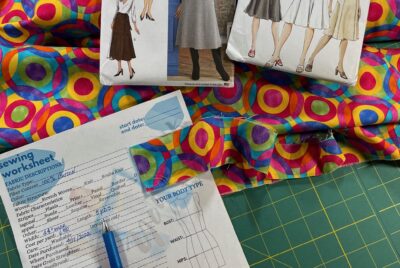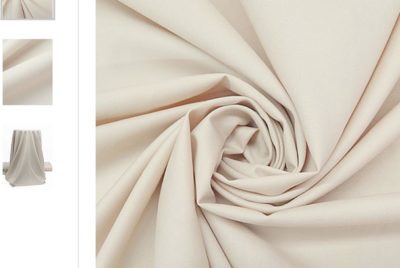7 Simple Ways to Practice Sewing Straight Line Stitches Straight line stitching How many times have…
Sewing Fabrics – How to Choose for Sewing Projects
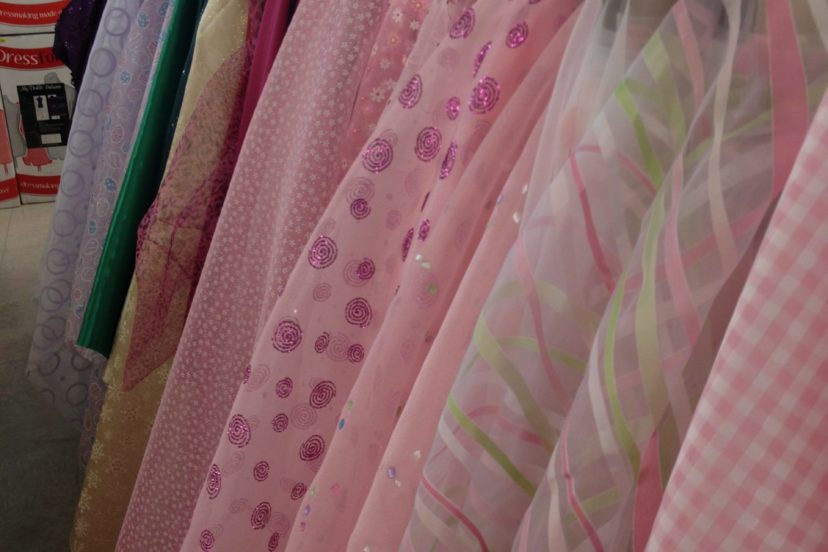
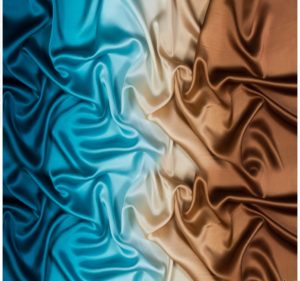
How to choose sewing fabrics for your sewing projects can be a bit difficult. Pattern companies offer assistance by making fabric recommendations on the back of the pattern envelope to achieve the design on the cover. Of course, you’ll always free to use your creativity at will to get the look you want, but if you have decided that you like what you see on the pattern, then try to find some of the fabrics on the suggested list.
What you need to know about sewing fabrics
Buying the right sewing fabric for your project requires a little knowledge about fabrics and how they are made. That includes the fiber content and some of their characteristics. To determine if a certain fabric is suitable for the pattern you want to sew, it’s best to check the fabrics listed on the back of the pattern envelope.
Knowledge of the fiber content in fabrics helps you compliment your lifestyle choices and address any special needs. Some fabrics may contain fibers made of material that cause allergic reactions or skin irritations. Your fabric choice should meet your own personal needs and satisfy the pattern design to get the look you want to achieve. Some individuals are known to choose fabrics just based on certain geographic areas and the desire to allow their skin to breathe. Choosing the correct sewing fabric for your project is perhaps your most critical decision.
Fabric information on the pattern envelope
The pattern envelope back shows a list of fabrics suggested by the designer. Illustrations on the front of the envelope provide a visual of the garment using those suggested fabrics so you will have an idea of what to expect. If you want your finished garment to look like the one on the cover, buy the same type of fabric suggested by the designer.
The fiber content of each fabric is listed on the label on the end of the bolt. Fibers are the raw ingredients used to make a fabric. It determines the feel, weight, care and durability of the fabric.
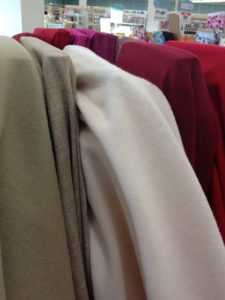 Fibers fall into four categories
Fibers fall into four categories
- Natural – Cotton, Flax (Linen), Silk and Wool. These fibers breathe, take dyes well and drape beautifully. They are very absorbent and respond well to temperature changes and humidity, which makes them comfortable to wear in a variety of climate conditions. Natural fibers also have a tendency to shrink, fadewhen washed or dry-cleaned, wrinkle and stretch after moderate wear.
- Man-made – Acrylic, Acetate and Rayon. These fibers use materials from plants that make cellulose. Acrylic is soft, warm and resistant to oil and chemical stains, but stretch out of shape and form little fuzz balls (called pill) after wear. Acetate doesn’t shrink, is moth resistant and drapes well, however, it can lose its color and shred with wear, perspiration and dry-cleaning. Rayon breathes, drapes and dyes well, but it also wrinkles and shrinks, so it must be dry-cleaned or hand-washed and pressed vigorously.
- Synthetic – Nylon, Polyester, Spandex and Microfibers are produced from refined petroleum or natural gas. Synthetics are highly resilient and wrinkle resistant. They are uncomfortable in hot and humid weather because they are low in porosity and absorbency.
- Blends – Combination of two or more different fibers so the finished fabric has the advantages of the blended fibers. A cotton/polyester blend washes, wears and breathes because of the cotton, and it wrinkles less than 100 percent cotton because of the polyester. Popular fabrics for sportswear are cotton/spandex blends that allow for a snug, comfortable fitting garment that moves and bends without being too tight on your waist and legs.
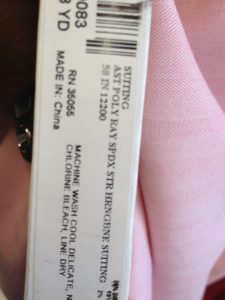 You cannot always tell what fibers are in a particular fabric just by feeling or looking at it. That’s why it is so important to read all the fabric information on the end of the bolt label or hang tag. By law, any uncut fabric should come with a care label that can be sewn into the finished garment. Ask for a care label as you are getting your measured at the cutting table.
You cannot always tell what fibers are in a particular fabric just by feeling or looking at it. That’s why it is so important to read all the fabric information on the end of the bolt label or hang tag. By law, any uncut fabric should come with a care label that can be sewn into the finished garment. Ask for a care label as you are getting your measured at the cutting table.
Sewing fabrics are made in three ways
- Woven – two or more fibers are interlaced at right angles to each other. Examples are denim, corduroy, broadcloth, batiste, organza, challis. wool crepe, silk, satin and velvet.
- Non-Woven – heat, moisture and pressure are applied to fibers, forcing them close together. Sometimes chemicals are added to hold the fibers together. Examples include felt, polyester fleece and interfacings.
- Knits – interlocking a series of loops of one or more fibers. Examples are jersey, sweatshirt fleece and ponte knits.
When shopping for sewing fabrics, look at the list of suggested fabrics on the back of the pattern envelope to get an idea of the type of fabric to buy. Designers often create a pattern with particular fabric in mind and will also list fabrics that should not be used. The suggestions give you an idea of the types of fabrics the designer thinks are most suited for their style. If you want the same look, you’ll want to use the same type of fabric on the list.
Fabrics can change the intended design
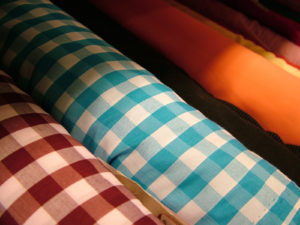
Fabrics that the designer thinks are “off limits” are listed in the Special Advice section on the back of the pattern envelope. This is known as a warning of the suitability of certain fabrics that could change the look of the design entirely. Sewing fabrics such as plaids, stripes, diagonals, one-way designs or napped fabrics like velvets or corduroys could make your project more difficult; not impossible, just more difficult and create a different look.
Final thoughts
Use the illustrations on the pattern envelope front and suggested fabrics on the back, while considering any special needs to find a suitable sewing fabric. If you are a beginner, avoid buying difficult fabrics like plaids, stripes, one-way designs, napped fabrics like velvets and corduroys. Remember to look at the fiber content and care instructions on the end of the fabric bolt.
Choosing the right sewing fabric for your project is an easy process if you know what to look far as shown in the video.
